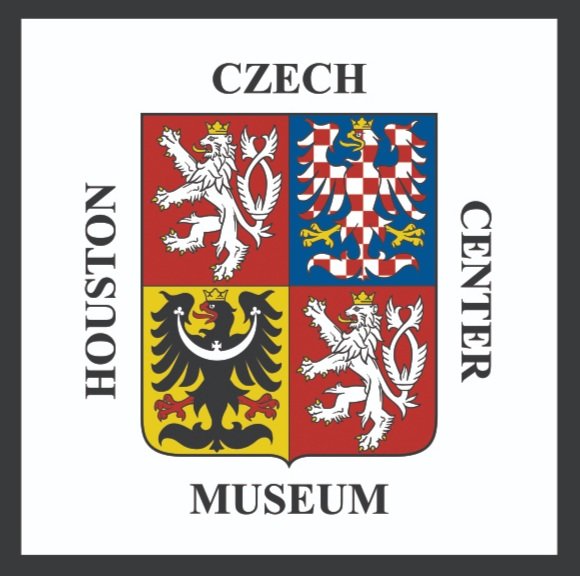The twentieth century was a tumultuous time, bringing about some of the most transformative and tragic events in human history. World War II and the Cold War changed the lives of countless people. Perhaps some of the most affected were both Czechoslovakians and Afghans, considering the oppression they faced under the influence of the Soviet Union.
It’s no surprise that the spread of communism was one of the Soviet Union’s main objectives. The repression of freedom of expression affected the spread of information, art, and criticism wherever the Soviets installed themselves. At the tail-end of World War II, Czechoslovakia had a large number of its settlements liberated by the Soviets from the Nazis. This generated public favor for the Soviets at the time, but this also allowed them to plant the seeds of communism as local governments were being rebuilt.
President Benes, who had been exiled by the Nazis and then reestablished as president by the Soviets, was wary of the influence the communists were cultivating in the mid-40s; and rightly so, because the communist party would eventually stage a coup in 1948 that would officially establish Czechoslovakia as a communist nation.
Afghanistan would face similar circumstances. The Soviets had been gaining favor with Afghanistan as early as 1921 through military and economic aid, influencing the creation of the Soviet-backed PDPA (People’s Democratic Party of Afghanistan). President Mohammed Daoud Khan would come into power in 1973, ending the monarchy in the country and replacing it with a republic. Although he had communist allies both within and outside the government, Khan tried to distance himself from communism. He had even gone as far as to purge communists from his government, a move that angered the Soviets and led to the Saur Revolution, a Soviet-backed coup, in 1978, officially establishing a communist government headed by the PDPA in Afghanistan.
Both the Czech and Afghan communist governments would administer policies of obedience, repression, and propaganda. In Czechoslovakia, witchhunts against government dissenters and random incarcerations were common (Evanson 1). People were also drafted into heavy-labor brigades. In addition, many members of the middle class were persecuted through prejudiced arrests and unfair trials (Evanson 10). Freedom of the press was nonexistent, with many anti-communist publications being limited to underground, clandestine publishers.
Likewise, Afghan communist policies reflected similar systems of repression. The PDPA had encouraged the adoption of communism among the Afghan people by diluting traditional Afghan culture and, instead, replacing it with Soviet principles (Sultana-Aztamulla 37). The biggest example of this was the Afghan New Year’s celebration called the jeshn. When the PDPA took power, the celebration changed from New Years’ to, instead, the anniversary of the Saur Revolution. Traditional Afghan symbols were replaced with red flags, sashes, and banners symbolic of communism. Eventually, starting in 1980, the jeshn would strictly become a military celebration (Ghani 4).
Many Pashtuns, people who speak the Indo-Iranian Pashto language and make up the majority of the Afghan population, fled the country. Communist policy thereafter banned the re-entry of Pashtun into Afghanistan due to increasing anti-communist sentiment. Non-Pashtuns were given high-ranking positions in the military and government, illustrating the government’s discriminatory nature against half of its own population. Another form of repression was the Soviet Union’s endeavors to replace the Persian language of Afghanistan with Russian. The government believed this would weaken the influence of the Pashtun and other ethnic minorities in the country and bolster communist nationalism.
Ultimately, uprisings within both countries would eventually lead to the collapse of communism in their respective governments. In Czechoslovakia, the peaceful Velvet Revolution, a series of nationwide protests by the people in 1989, garnered enough support throughout the country that the communists abdicated their hold over the government. In Afghanistan, the Soviet-Afghan War (1979-1989) was a long-term struggle between the mujahideen (Afghan rebels fighting against the Soviets) and the communist government. They would eventually succeed after the Soviets pulled out of Afghanistan in 1989 and the remaining communist government could no longer handle the prolonged sieges by the rebels. After the remaining aid from the Soviets dried up in 1992, the government transitioned from a communist government to a republic.
The parallels between Czechoslovakia and Afghanistan under Soviet rule are striking, emphasizing patterns of discrimination and oppression throughout the years. While the Czech Republic would eventually be born anew from the ashes of communism, Afghanistan would not be as fortunate. Following the departure of the Soviets, internal politics would continue to cause conflict over the years and still continues to this day. The Soviet-inflicted wounds are still fresh in contemporary Afghanistan - a testament to the damages Soviet intervention has caused not only to Afghanistan but to other countries that faced similar circumstances.
Written by Fernando Gomez
Sources:




